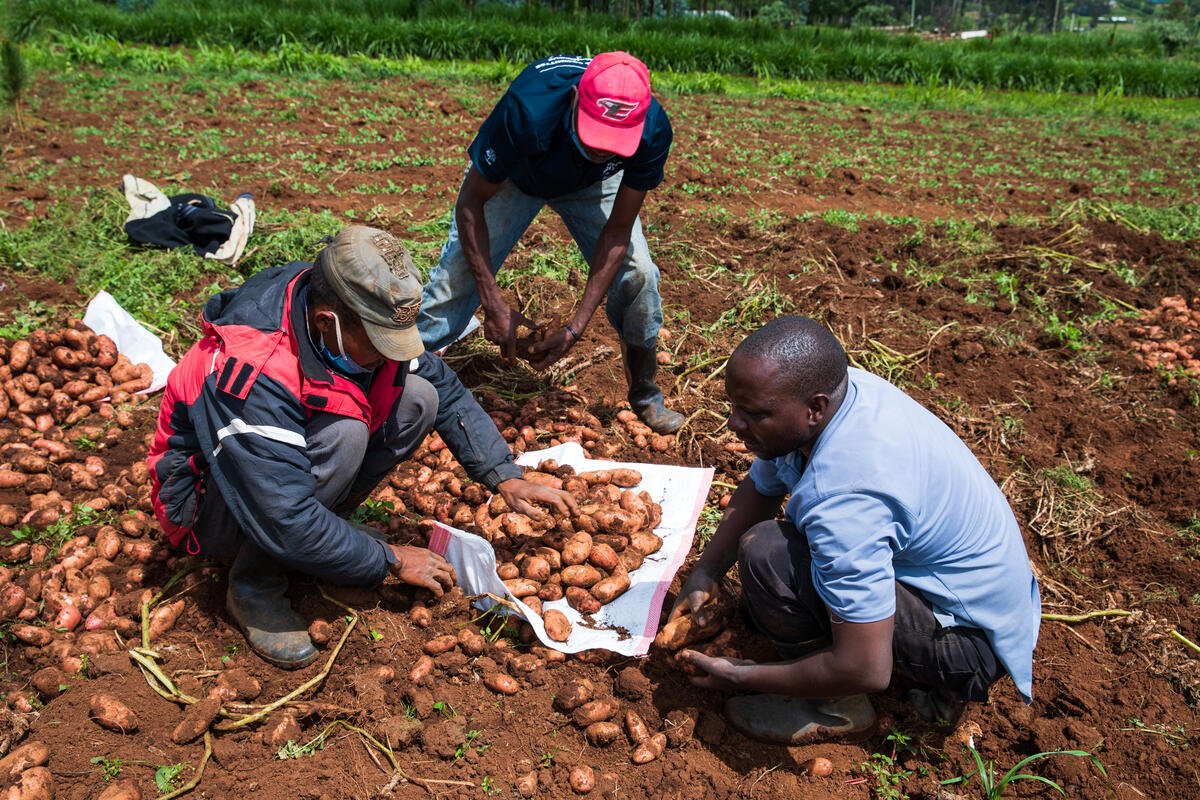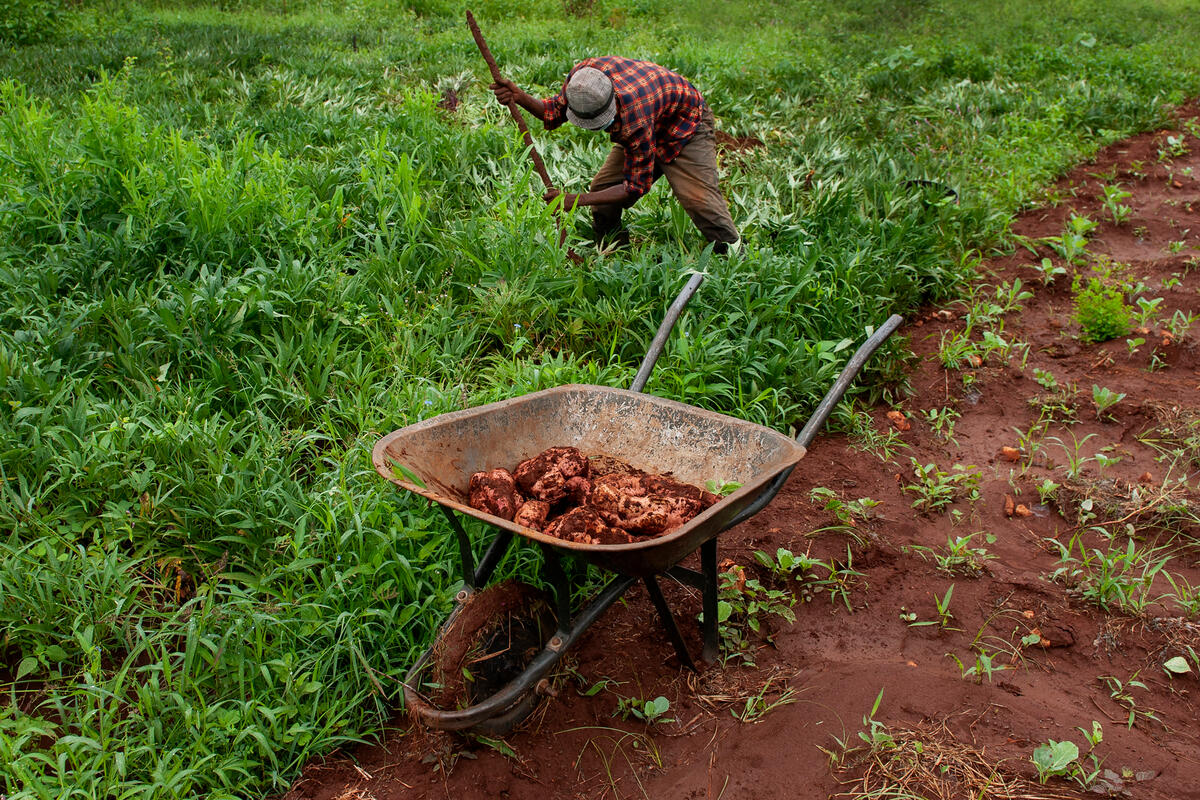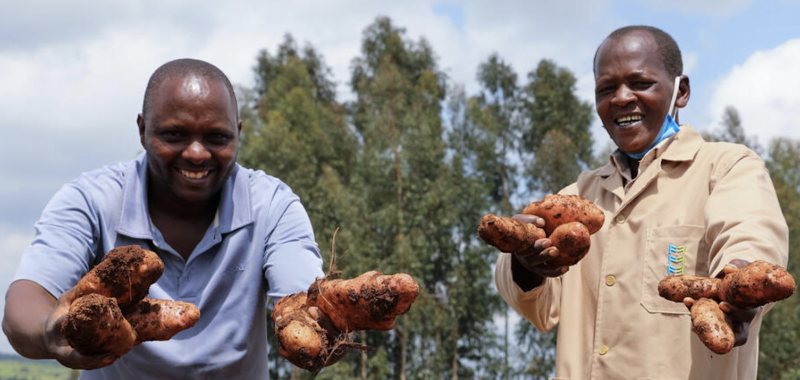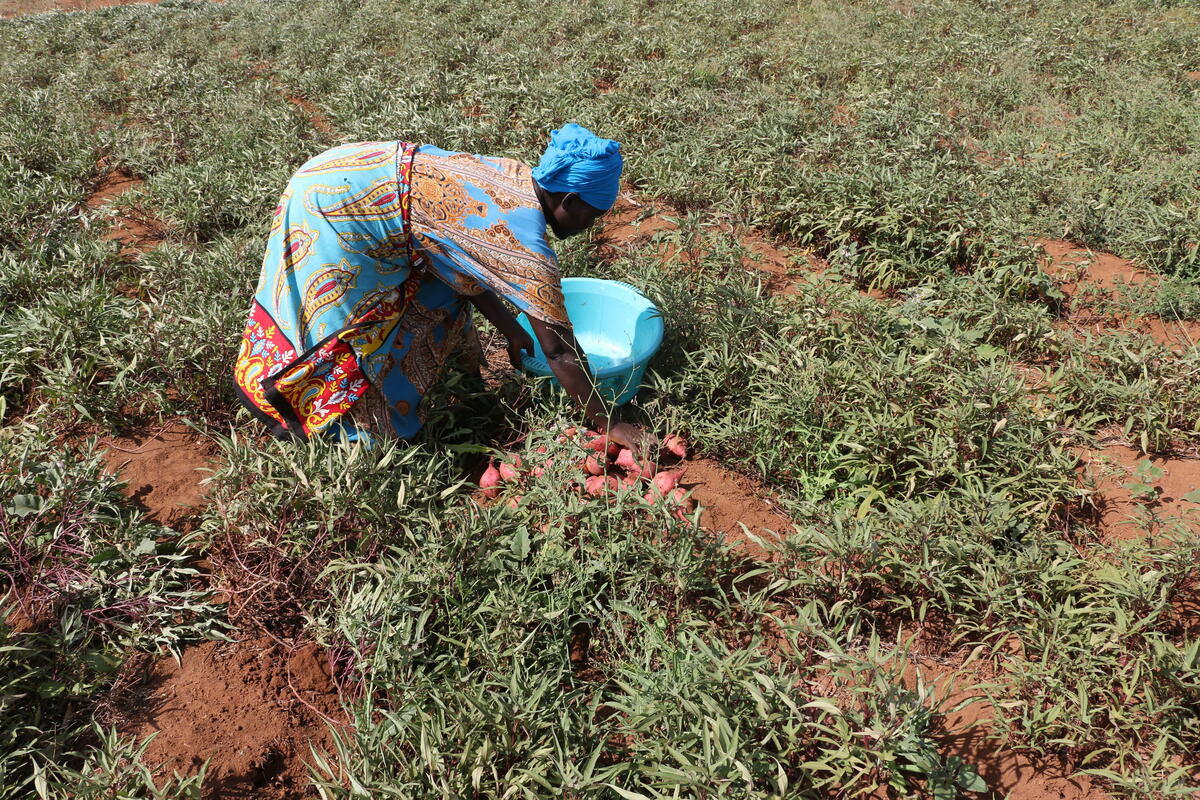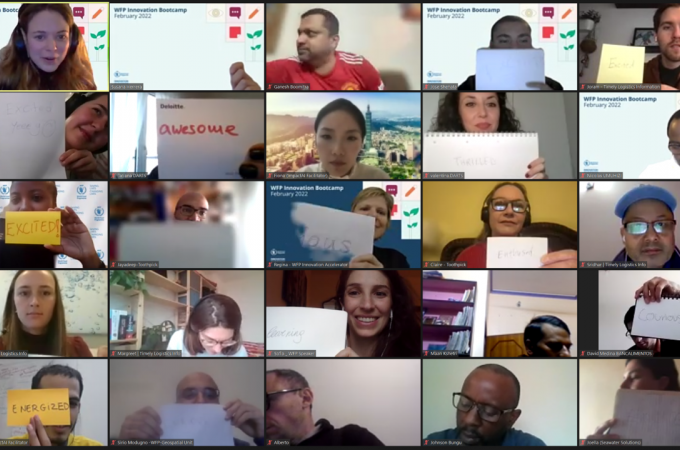The goal of the collaboration between Boomitra and WFP was to increase the resilience of 10,000 Farm-to-Market Alliance (FtMA) farmers by providing them with the knowledge and tools to improve their soil health and yields, and the means to access carbon revenue, to increase their incomes by a target of 20 percent. Activities includes: 1) identifying and enrolling farmers into the program; 2) map 30,000 hectares of land in Kenya; 3) submit carbon credits to the international verification body (VERRA); and 4) transferring carbon credit finance to the farmers as a result of their carbon sequestration activities.
During Boomitra's WFP Sprint, two apps were developed in Kenya to enable the onboarding of farmers and to provide farm and soil insights to farmers to enhance their productivity.
In 2023, Boomitra was awarded GBP1 million (approximately US$1.27 million) by the Earthshot Prize to accelerate growth and access new markets.
